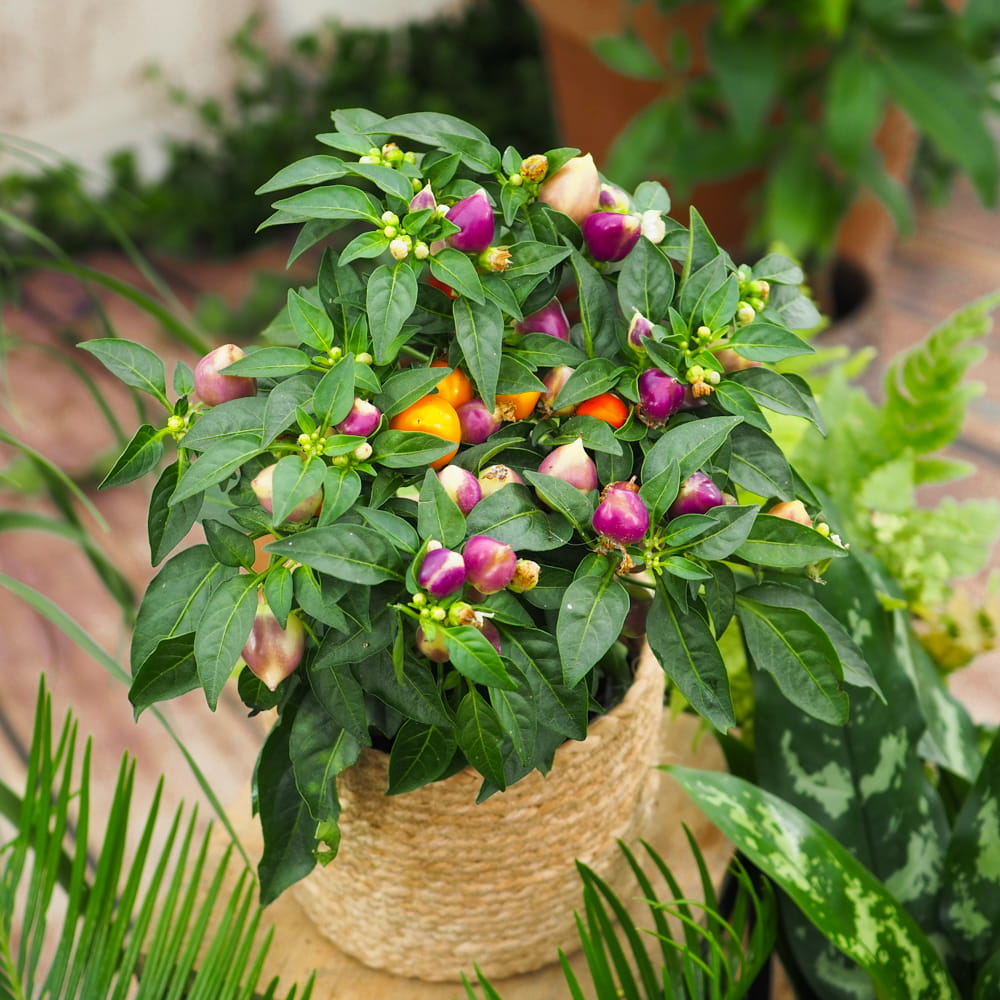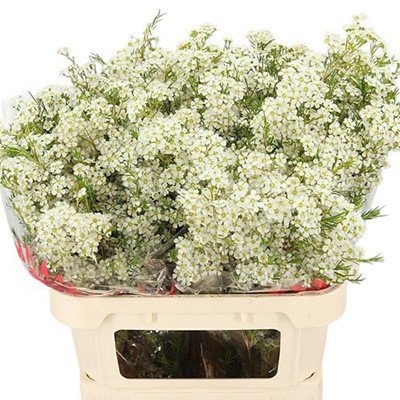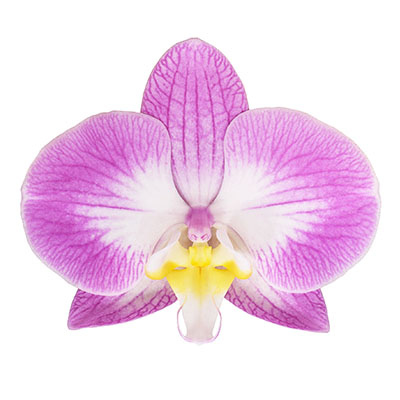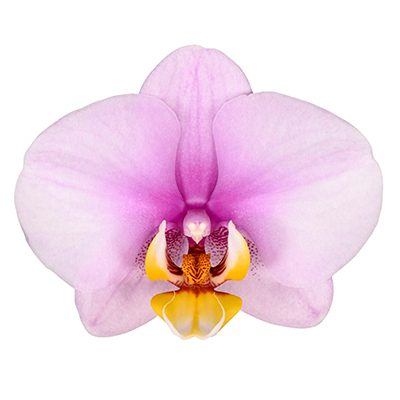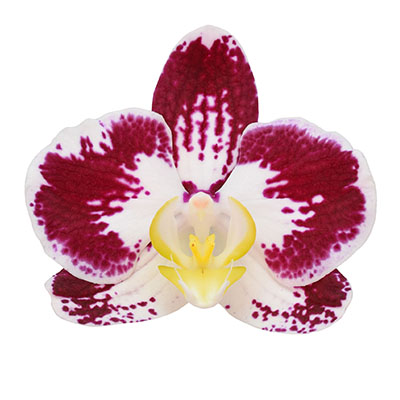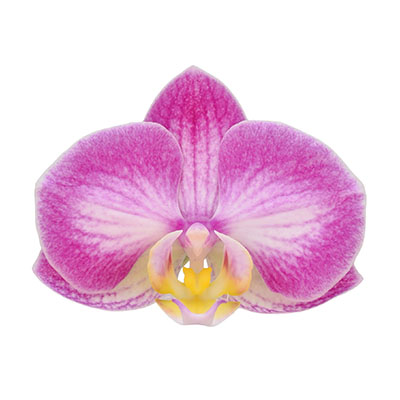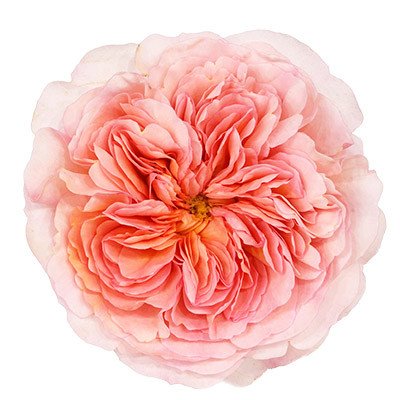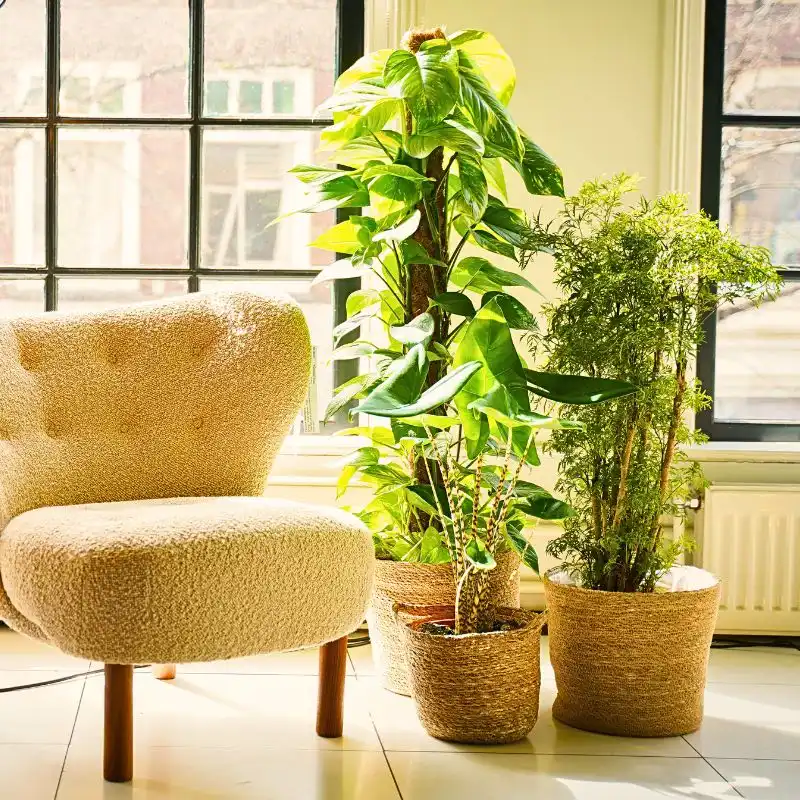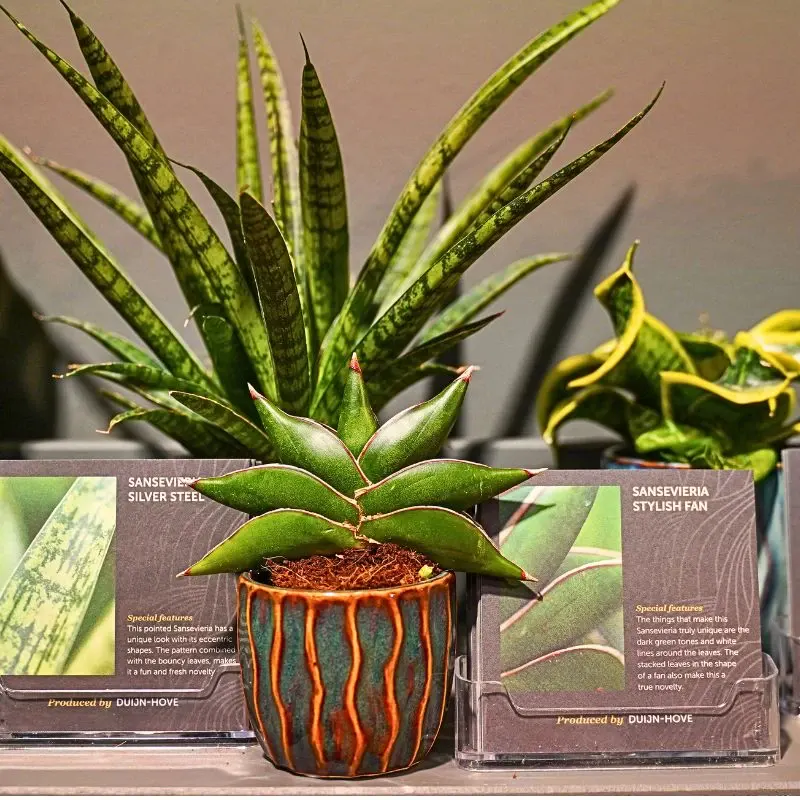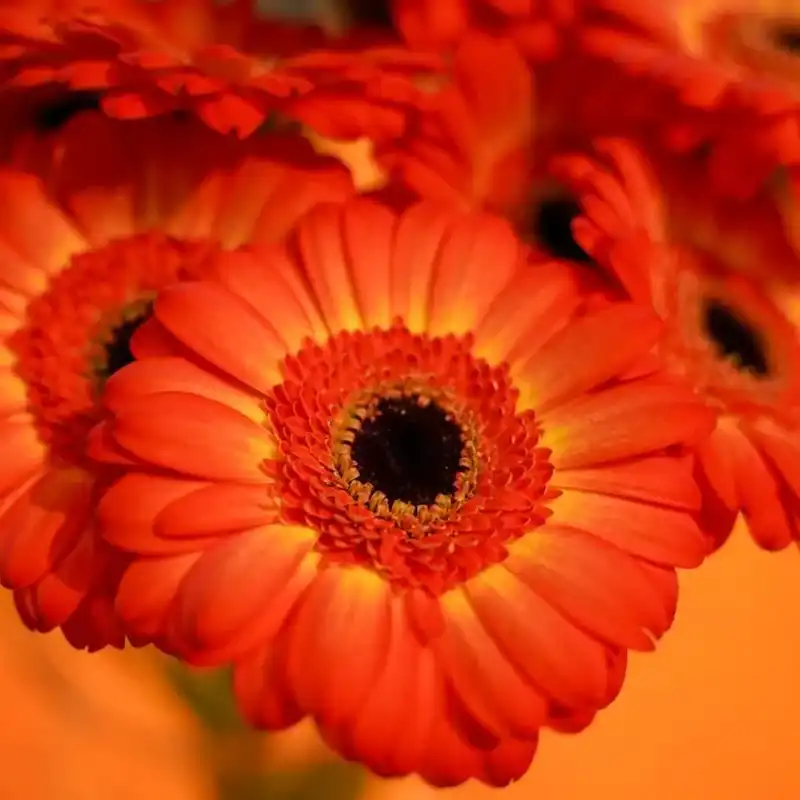The plants are suitable for both indoors and outdoors.
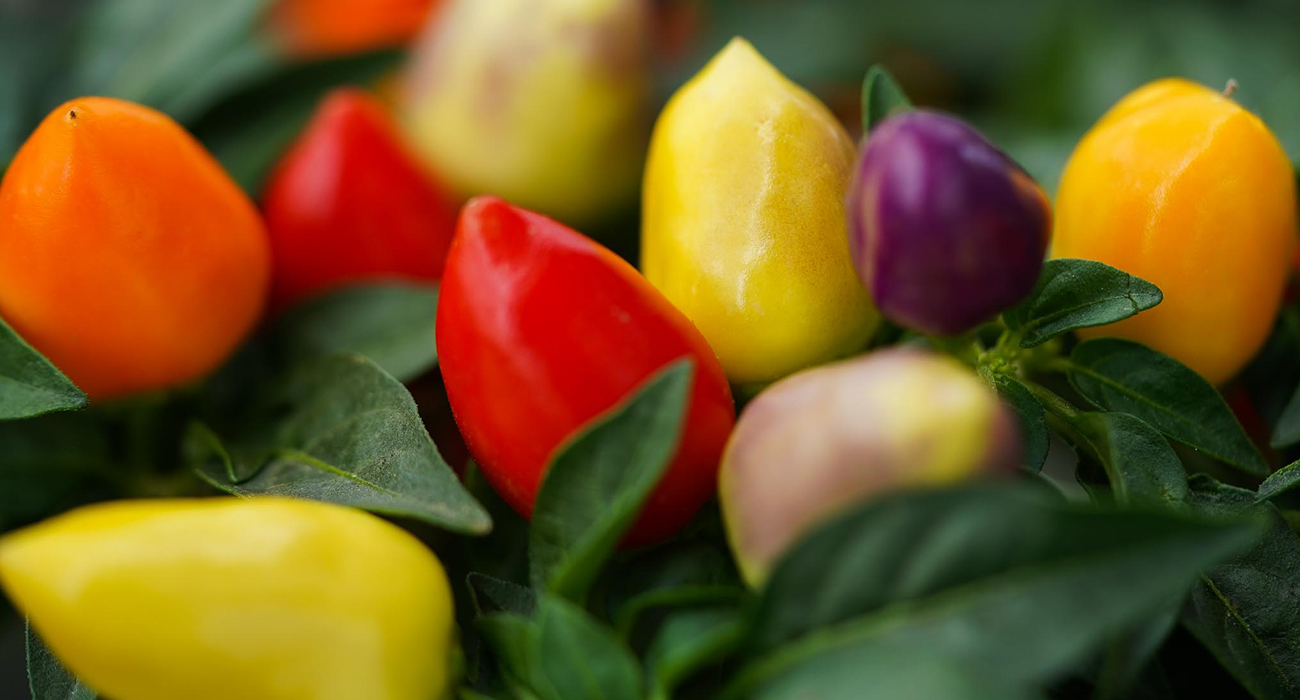
Capsicum Autumn Daylight
The special thing about Capsicum Autumn Daylight is the berries that change color from purple to yellow to orange and then to red. The plants are suitable for both indoors and outdoors.
Long-Time Pleasure
The Capsicum Autumn Daylight plants provide pleasure for a long time for both retail and consumers because the shelf life is very good. On average, a plant can stay with a consumer for about 15 weeks.
Capsicum Autumn Daylight Care Tips
- Good care consists of three elements: water, light, and nutrients.
- Daily watering promotes the growth of the peppers. Water generously and ensure that excess moisture can drain away immediately. Water less from November to March.
- Regularly remove wilted flowers and add fertilizer every two weeks from April to October. If the plant is in a pot, use liquid compound fertilizer. Coral shrubs in beds receive organic fertilizer. Do not provide fertilizer during the resting phase in winter.
- Regular potting soil is sufficient as a substrate in a pot. In a bed you should loosen the soil and enrich it with well-rotted garden compost and horn shavings. If the soil is too heavy, mix in a few handfuls of sand for better permeability.
- If the peppers fall off or rot in early spring, you can remove them, along with the rolled-up leaves. Transplant the capsicum into fresh, airy soil and place the plant in the bright sun.
- You can plant this capsicum out in garden beds in mid-May. Keep the soil moist and place the plant back indoors from mid-October. Planting outdoors promotes the resistance and flowering power of this plant.
- It is advisable to slowly accustom the plant to the sun to prevent burning.
- If you place the plant indoors in autumn and winter, shake the flowers regularly: new peppers will most likely appear again. Normally the wind, bumblebees, and bees take care of this.
- Important note: the peppers are not suitable for consumption!


